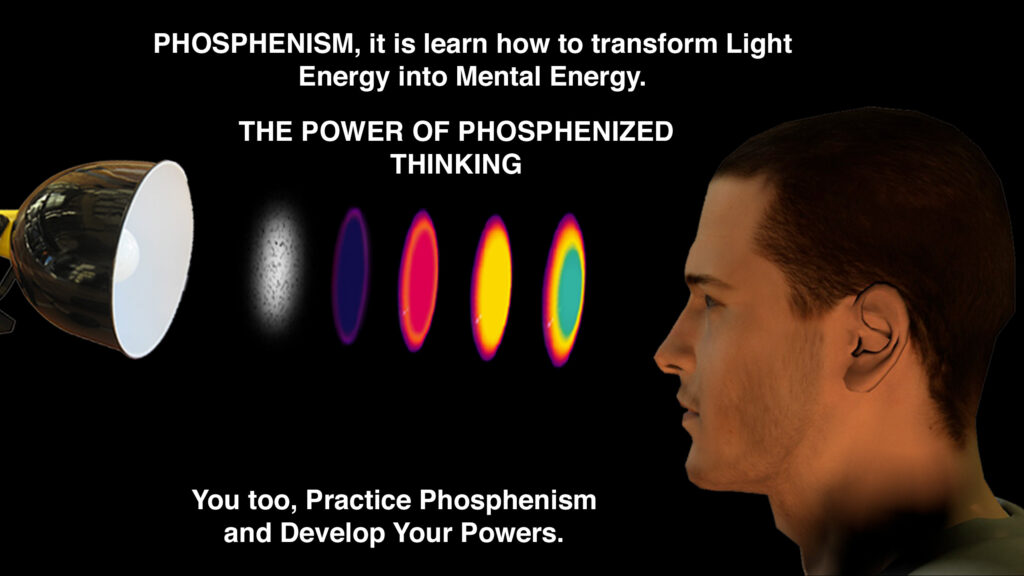RELAXATION

RELAXATION
Since the 1960s, medical research has demonstrated the strong connection between stress and physical and emotional health. Meditation was one of the first techniques which influence on stress was measured. In the 1970s, relaxation techniques became best sellers. In 1975, The Relaxation Response, a book by Herbert Benson and Miriam Klipper of Harvard university, popularized the practice of relaxation in the United States.
The interest in relaxation grew in the 1980s, as demonstrated by an article published in the New York Times in 1986. The number of people practicing relaxation increased a lot. Conventional medicine adopted the concept of relaxation and physicians started to recommend the use of relaxation techniques to their patients. Relaxation techniques belong to the realm of alternative medicine and six alternative therapies out of ten are based on relaxation.
Relaxation can be used for many different reasons, among which:
– Controling anger
– Reducing anxiety
– Cardiac health
– Depression
– General health
– Headaches, migraine
– Hypertension
– Stimulating the immune system
– Insomnia
– Relieving pain
– Relieving stress
Among the various techniques, there is:
– Biofeedback
– Breathing exercises
– Homeopathy
– Laughing and humour
– Music
– Massages
– Meditation
– Prayer
– Reflexology
– Self-hypnosis
– Visualizations
– Yoga
There are many techniques available, and it can be difficult to chose one.
Nevertheless, there is a simple relaxation technique, much more efficient than the previous quoted ones, as well as much more economical. Moreover, this technique does not rely on a practitioner. You can use it at home, anytime you want.
This technique was developed by a French physician, Doctor Francis Lefebure. Indeed, Dr Lefebure discovered a way to measure the action on the brain of relaxation techniques, and to evaluate, in a scientifically objective way, the quality of the techniques available. It is by using the phosphenes in a systematic way that Dr Lefebure managed to analyse the impact of relaxation techniques on the brain, and to develop his own method.
The phosphenes are all the sensations of light that are not directly produced by light stimulating the retina. The phosphenes can be produced by focusing shortly on a source of light.
Simply doing a phosphene is relaxing, anglers are a good example. Indeed, they spend many hours contemplating their float, and thus producing phosphenes thanks to the reflection of the sun or the bright sky on water. Many anglers assert that this activity relaxes them more than any other. One can notice that the simple presence of the phosphene brings a state of calm of mind. It is thus relaxing.
In the 1950s, scientists discovered the positive action of light on the production of hormones. Today, it is commonly used for treating patients suffering from chronic depression. Light has a major influence on the production of melatonin, the hormone that regulates sleep.
During his research, Dr Lefebure discovered the educational properties of the phosphenes, and designed an educational method called Phosphenic Mixing.
This simple technique is very easy to practice, as it consists in thinking during the presence of a phosphene. Thus, to the relaxing properties of the phosphenes, one can kill two birds with one stone and charge themselves with energy while relaxing. Phosphenic Mixing has a positive action on attention, concentration, memory, the spirit of initiative, creativity and intelligence as a whole (by increasing associations of ideas).
Thanks to the phosphenes, Dr Lefebure discovered certain unknow cerebral rhythms. This discoveries on the rhythmic functioning of the brain allowed him to design a cerebral stimulation device that won an award at the Lépine International Inventors’ Contest: the Alternophone.
The Alternophone can be used for relaxation, but also for activating the brain or treating insomnia. Based on alternating hearing (hearing a sound alternatively in the left and the right ear, on a precise rhythm), Alternophony is a surprisingly efficient relaxation technique, creating an obvious sensation of well-being after a single session. After roughly a month of practice, at a rate of 15 to 60 minutes a day, this sensation of well-being persits between the sessions. Certain cases of depression or suicidal tendencies have been corrected permanently. The device is also very useful for treating insomnia. Some of the sounds of the Alternophone have been recorded on the Synchrophony CD, a simple and affordable way to try the method.
Importante Note
We have done our best to provide you with the most accurate translation of our french website. Nevertheless, it is possible that some language errors may remain. So, don’t hesitate to contact us to communicate them to us.
Thank you for your indulgence and for your consideration of the many hours spent translating all our pages and, more particularly, all the testimonies we share with you so that you may become aware of the impact that Phosphenism can have on those who practice it.
Wishing you the best with your practice of Phosphenism.
Daniel Stiennon (Dr. LEFEBURE School Director, France)


